
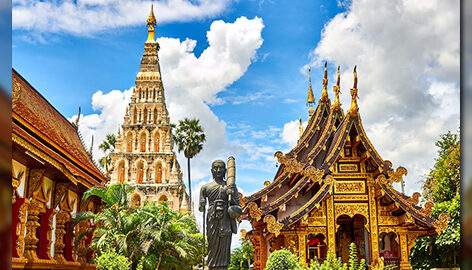
Baht is a Monetary unit in the currency of Thailand. The baht is the official currency of Thailand baht is divided into 100 satang. The Thai currency code is THB. The issuance of Baht from the bank of Thailand. According to the statistics, SWIFT ranked the Thai Baht as the tenth most-used world payment currency in January 2019. The circulated banknotes today in Thailand are in the range of 20 baht, 50 baht, 100 baht, and 1000 baht. Baht issuance of 10 to 10,000 Baht. Continue reading Currency Of Thailand-Thai Baht
The Mintage World Team comprises of experts, researchers and writers from the field of Philately, Notaphily and Numismatics who try to shed light on some of the most interesting aspects of coins, banknotes and stamps from not just India but across the globe as well.

Many scholars and historians mark 600 BCE as the end of the ancient era and the start of the medieval period. This era also witnesses the rise of feudalism in India, which paves the way for the self-sufficient villages, and national and international trade. It was also the period when many strong and famous dynasties rose to power, one of them being the Rashtrakuta empire. The origin of Rashtrakuta is traced to 600 CE, they established their stronghold in Deccan in the later period and simultaneously extended their power till Kannauj, making them part of the famous tripartite struggle. This dynasty is the most studied and explored by historians for its warfare, expansion, administration and trade. Continue reading Rashtrakuta Coinage
The Mintage World Team comprises of experts, researchers and writers from the field of Philately, Notaphily and Numismatics who try to shed light on some of the most interesting aspects of coins, banknotes and stamps from not just India but across the globe as well.
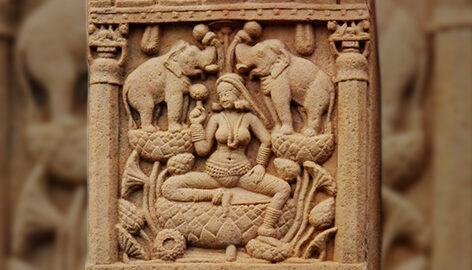
Gajalaxmi is a Laxmi with an elephant; it is one of the most significant Ashtalakshmi aspects of the Hindu goddess Lakshmi. Gajalaxmi can de define as the goddess seated on the lotus in padmasana yogic posture, flanked by two elephants (Gaja) on both sides. The elephants flanking her are shown as pouring water from their trunk over the goddess. In Hindu mythology, Laxmi is a representative of prosperity, good luck and abundance. Lakshmi is the Goddess of wealth, fortune, power, and beauty. She represents all that is female. That’s why many ancient goddess Lakshmi coins are issued by many rulers; it’s also the most common image in the numismatic continuity of Indian coinage. Continue reading Ancient Goddess Lakshmi Coins
The Mintage World Team comprises of experts, researchers and writers from the field of Philately, Notaphily and Numismatics who try to shed light on some of the most interesting aspects of coins, banknotes and stamps from not just India but across the globe as well.
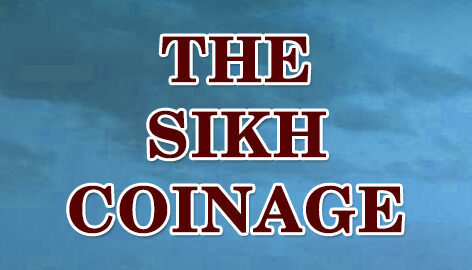
The Sikh Empire was one of the major powers empires that originated in the Indian Subcontinent during the medieval period. This Empire is also known as Sikh Khalsa Raj or Sarkar-i-Khalsa. It was formed under the leadership of Maharaja Ranjit Singh, who established this kingdom under a secular empire based in Punjab.The Sikh Empire Coins started during the second half of the 18th century. Probably during the rule of Maharaja Ranjit Singh and it ended with the annexation of Punjab by the British government in 1849 CE. Continue reading Sikh Empire Coins
The Mintage World Team comprises of experts, researchers and writers from the field of Philately, Notaphily and Numismatics who try to shed light on some of the most interesting aspects of coins, banknotes and stamps from not just India but across the globe as well.
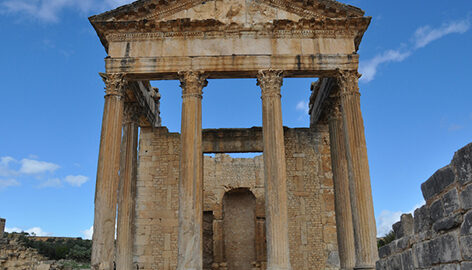
The architectural and monumental coin-type of the second century AD are of considerable interest and importance to student of the architecture and topography of ancient Rome. No fewer than forty-five building and monument. Although the material culture of the Roman Empire is replete with illustrations of built structures, for centuries scholarship on architectural depictions has focused almost exclusively on particular issues of topography and reconstruction, rarely moving beyond such questions as “which building is depicted?”, So old Roman imperial coins is the most helpful way to understand the structure and recreate it to preserve them. Continue reading Old Roman Imperial Coins depicting Monuments
The Mintage World Team comprises of experts, researchers and writers from the field of Philately, Notaphily and Numismatics who try to shed light on some of the most interesting aspects of coins, banknotes and stamps from not just India but across the globe as well.

The presentation of monuments and buildings on ancient Roman coins is one of the most famous subjects in the study of coin iconography. In addition to numismatists, it has attracted the attention of historians, art historians, archaeologists, and topographers. Through Roman Coinage, we can see the consistent evolution of Roman architecture. Coin depicting Roman architecture is the most soughed after ancient coins around the world. Continue reading Ancient Roman Coins Depicting Monuments
The Mintage World Team comprises of experts, researchers and writers from the field of Philately, Notaphily and Numismatics who try to shed light on some of the most interesting aspects of coins, banknotes and stamps from not just India but across the globe as well.

Throughout history, people have always wondered what was beyond the next mountain, ocean, river, or even planet. Explorers are people who have blazed the trail in going to new places. The Age of Exploration took place between the 15th and 17th centuries. During this time many countries in Europe sent out explorers to discover new lands, find trade routes, seek treasure, and gain territory for their country. During this time much of the world was mapped and many world civilizations came into contact with each other. Sometimes it is called the Age of Discovery. When Europeans first began sailing across the Atlantic Ocean, they were searching for new routes to China and the East, but what they found was more than they imagined: the New World. From Christopher Columbus to Marco Polo, take a look at these famous explorers Postage Stamps who made groundbreaking discoveries across the globe. Continue reading Famous Explorers Postage Stamps
The Mintage World Team comprises of experts, researchers and writers from the field of Philately, Notaphily and Numismatics who try to shed light on some of the most interesting aspects of coins, banknotes and stamps from not just India but across the globe as well.

It is said that travelling is the best way to broaden one’s knowledge about the world. Some of the most curious minds of all time have traversed across the world to see the unseen and know the unknown. Much of our knowledge of ancient and medieval history comes from the accounts of scholars who as pilgrims, travellers and traders crossed the seas and difficult land routes. In their writings on their observations and experiences of a country new and strange to them, they left valuable contributions to the historical understanding of early societies. As outsiders, they found worthy of mention facets and facts about the country that native writers missed or often simply took for granted and hence ignored. In this blog, we are going to discuss some Commemorative Postage Stamps illustrating Scholars and Travelers of the Islamic World. These scholars and travellers gave us some masterpiece writings which throwing light on the geographical, economic and social conditions of that time. Continue reading Commemorative Postage Stamps illustrating Scholars and Travelers of the Islamic World
The Mintage World Team comprises of experts, researchers and writers from the field of Philately, Notaphily and Numismatics who try to shed light on some of the most interesting aspects of coins, banknotes and stamps from not just India but across the globe as well.
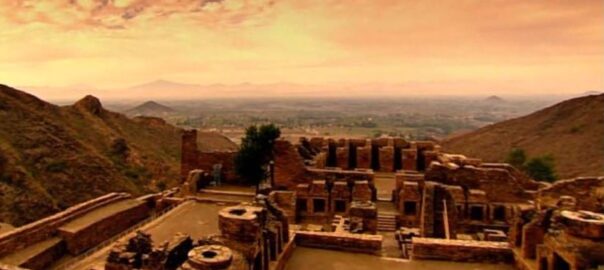
On 15th August 1949, a new series of Postage stamps were put to sale, it depicted archaeological and historical interest. These stamps constitute free India’s first definitive series stamp and were intended to replace the King George VI stamps. The idea behind designing the stamps was to promote the idea of nation and its pride. To promote the notion that India had a great past. These definitive stamps depicted paintings, monuments, stone and metal sculptures. Continue reading Definitive Stamps – Archaeological Series 1949
The Mintage World Team comprises of experts, researchers and writers from the field of Philately, Notaphily and Numismatics who try to shed light on some of the most interesting aspects of coins, banknotes and stamps from not just India but across the globe as well.

The Indian subcontinent is home to a larger variety of wildlife, it said to the biodiversity hotspot with its various ecosystems ranging from the snow-clad mountain of Himalayan ranges to the evergreen rain forest of Vandalur and Wayanad. Indian is the most bio-diverse region of the world and contains 3 of 26 biodiversities the Western Ghats, the Eastern Himalayas, and the Indo-Burma hotspot. The government of India also issued a series of definitive stamps called Wildlife series 1963 to celebrated wildlife week. Continue reading Animal Postage stamp: Wildlife series 1963
The Mintage World Team comprises of experts, researchers and writers from the field of Philately, Notaphily and Numismatics who try to shed light on some of the most interesting aspects of coins, banknotes and stamps from not just India but across the globe as well.